Increased Focus on Cost Efficiency
Cost efficiency remains a critical driver in the laboratory automation market. South Korean laboratories are under pressure to reduce operational costs while maintaining high-quality standards. Automation technologies offer a viable solution by streamlining workflows and minimizing human error, which can lead to costly mistakes. The potential for significant cost savings, estimated at up to 30%, is prompting laboratories to invest in automation solutions. Furthermore, as competition intensifies within the research and development sectors, organizations are likely to prioritize automation to enhance their competitive edge. This focus on cost efficiency is expected to drive the laboratory automation market as more laboratories seek to optimize their resources and improve their bottom line.
Regulatory Pressures and Compliance Needs
Regulatory pressures and compliance needs are increasingly shaping the laboratory automation market. In South Korea, stringent regulations governing laboratory practices necessitate the implementation of automated systems that ensure compliance with quality standards. Laboratories are investing in automation technologies that facilitate accurate documentation and traceability, which are essential for meeting regulatory requirements. compliance-driven automation solutions are projected to grow as laboratories seek to mitigate risks associated with non-compliance.. This trend underscores the importance of integrating automation into laboratory processes to enhance reliability and accountability. As regulatory frameworks evolve, the laboratory automation market is likely to expand in response to these compliance needs.
Rising Demand for High-Throughput Screening
there is a notable surge in demand for high-throughput screening (HTS) technologies in the laboratory automation market.. This trend is driven by the increasing need for rapid and efficient testing in drug discovery and development processes. In South Korea, the pharmaceutical sector is expanding, with an estimated growth rate of 8.5% annually. As a result, laboratories are investing in automation solutions that enhance throughput and accuracy, thereby reducing time-to-market for new drugs. The integration of automated systems allows for the simultaneous processing of multiple samples, which is crucial in high-stakes environments. Consequently, the laboratory automation market is likely to witness significant growth as organizations seek to optimize their workflows and improve productivity.
Advancements in Robotics and Instrumentation
Technological advancements in robotics and instrumentation are reshaping the laboratory automation market. In South Korea, innovations in robotic systems are enabling laboratories to automate complex tasks with greater precision and reliability. For instance, the introduction of collaborative robots (cobots) allows for seamless interaction between human operators and machines, enhancing operational efficiency. the laboratory robotics market is projected to grow at a CAGR of 10% over the next five years.. This growth is indicative of the increasing reliance on automated solutions to perform repetitive tasks, thereby freeing skilled personnel to focus on more analytical and strategic activities. As such, the laboratory automation market is poised for expansion as these technologies become more accessible and affordable.
Growing Emphasis on Data Management and Analysis
there is an increasing influence of data management and analysis on the laboratory automation market.. In South Korea, laboratories are generating vast amounts of data, necessitating robust systems for data integration and analysis. Automation solutions that incorporate advanced data analytics capabilities are becoming essential for laboratories aiming to enhance their research outcomes. The market for laboratory information management systems (LIMS) is expected to grow by 12% annually, reflecting the need for efficient data handling. By automating data collection and analysis, laboratories can improve decision-making processes and ensure compliance with regulatory standards. This trend indicates a shift towards more data-driven approaches in laboratory operations, further propelling the laboratory automation market.


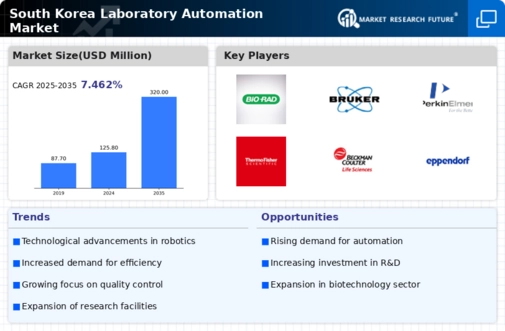
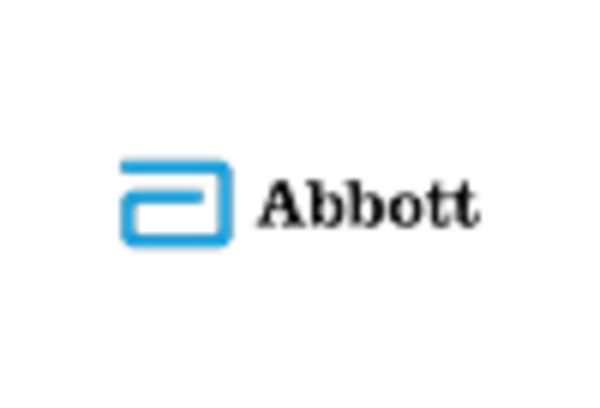
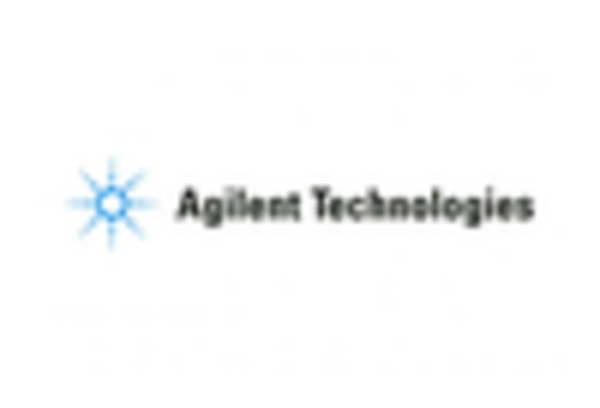
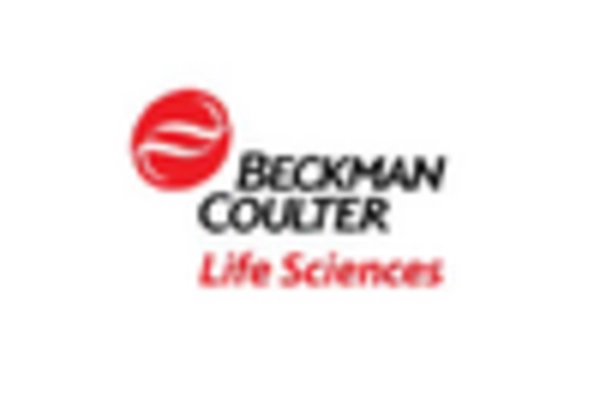
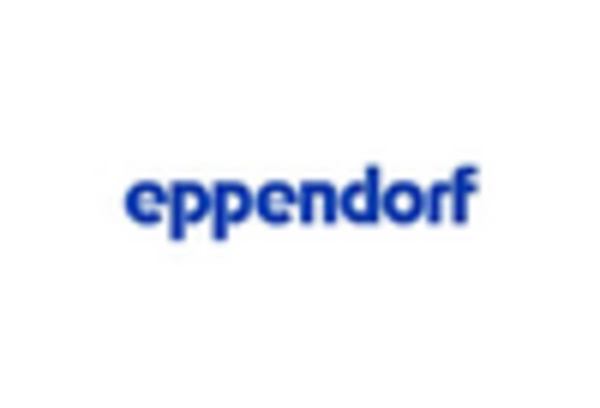
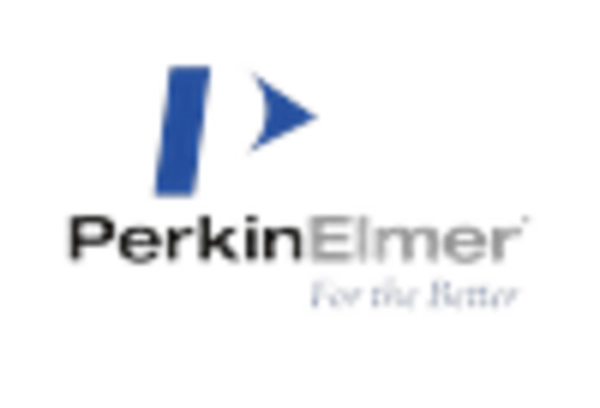
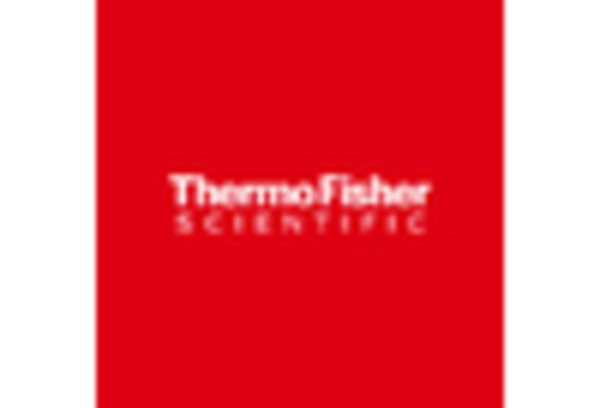








Leave a Comment